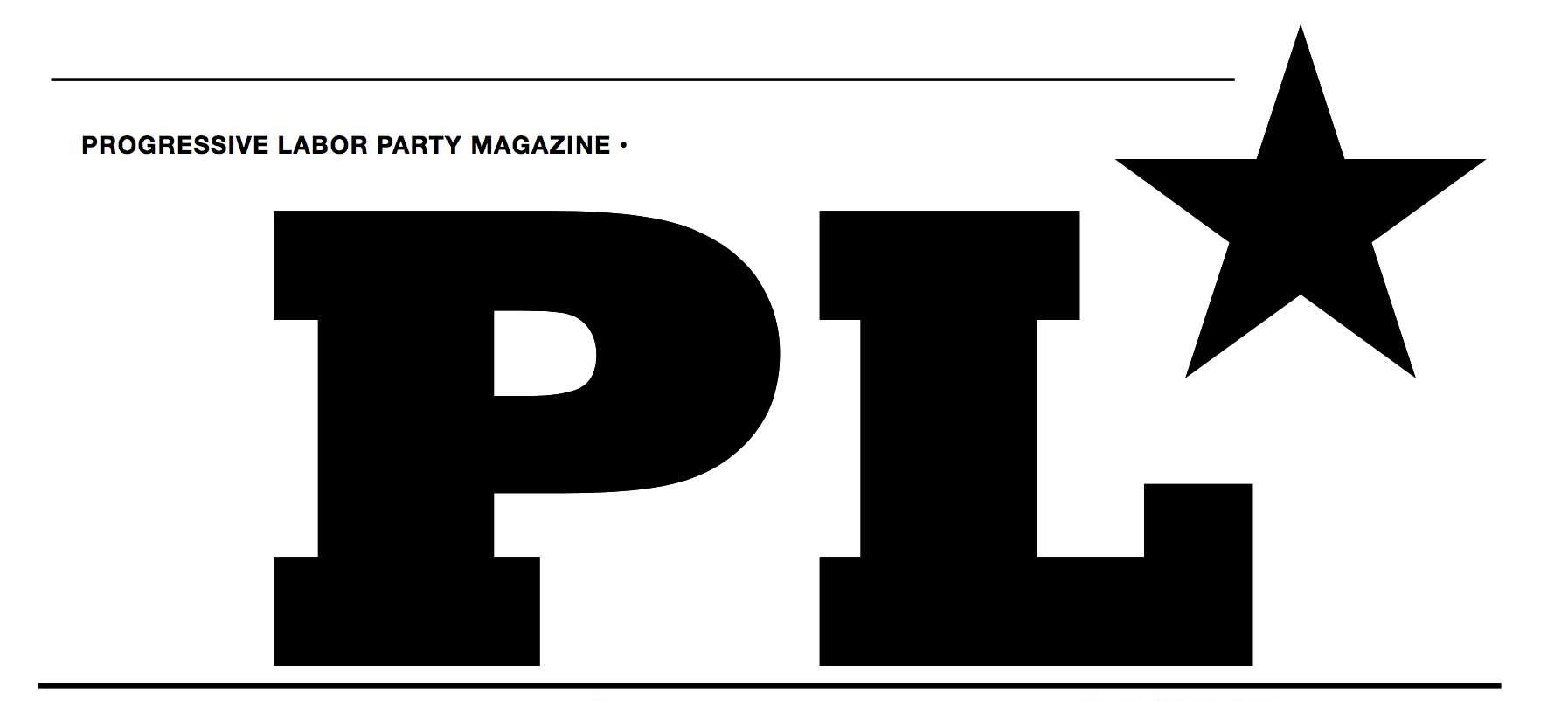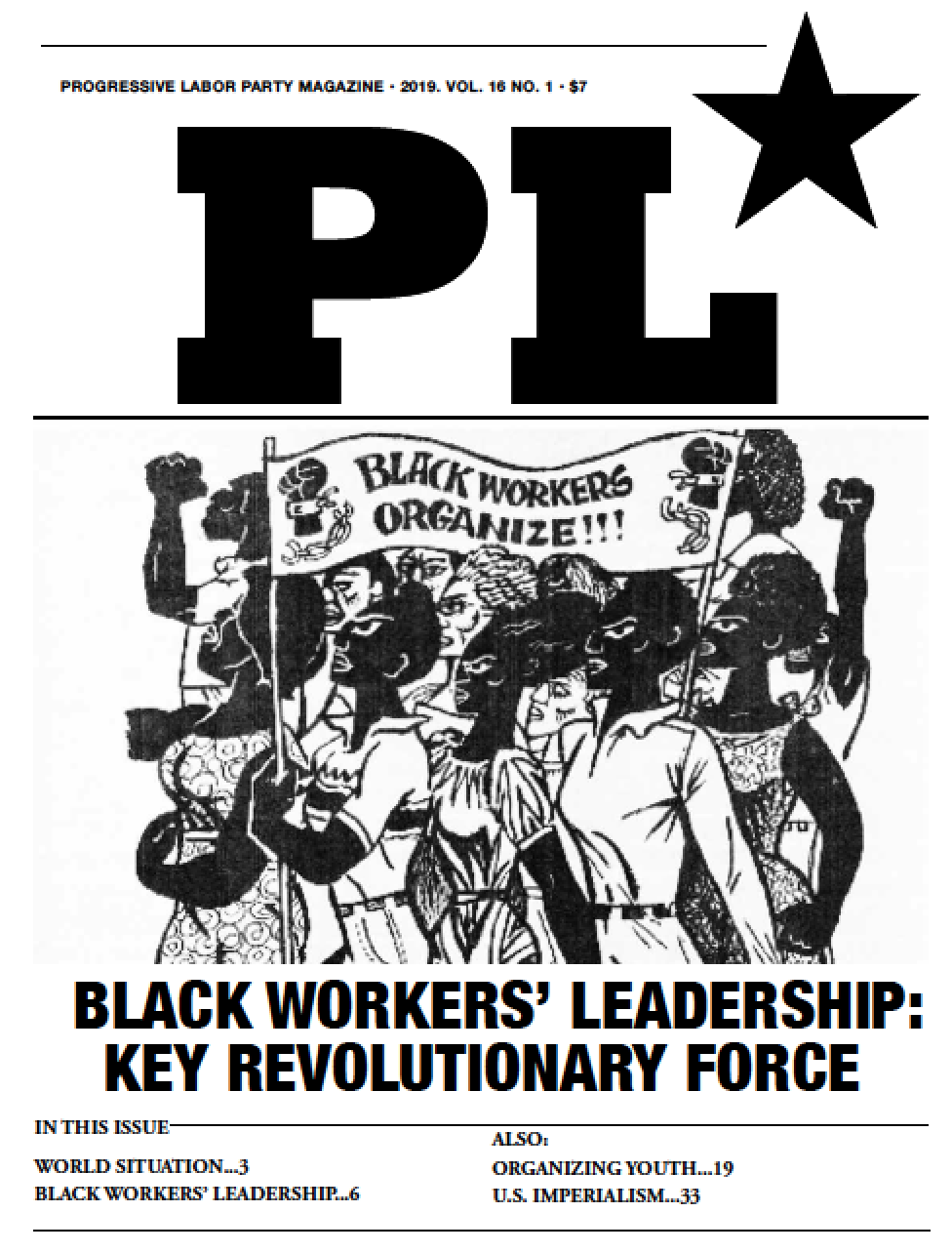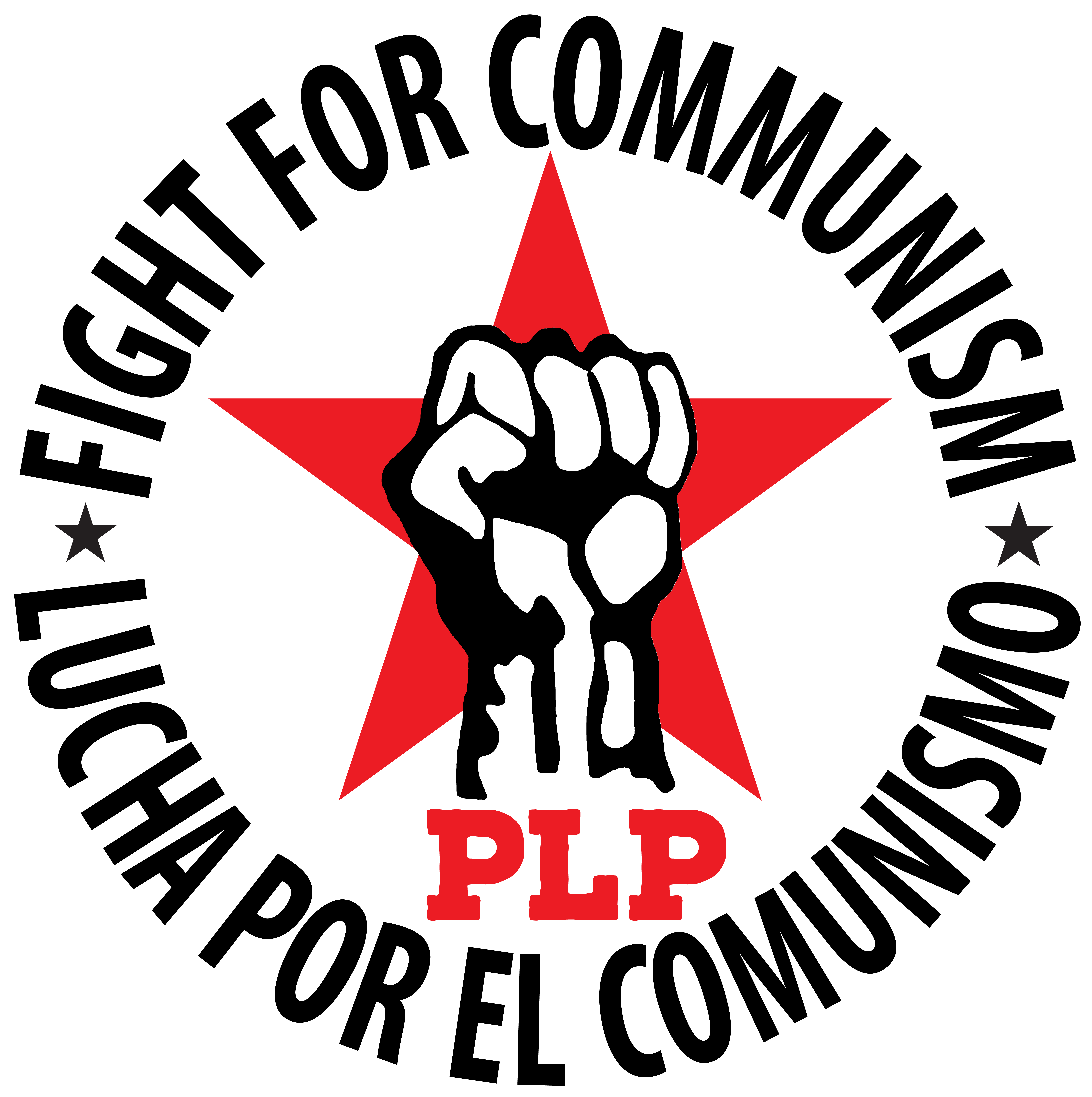"A Mercy," a Marxist appreciation
 Saturday, September 14, 2019 at 4:57PM
Saturday, September 14, 2019 at 4:57PM Words of praise poured in for the Nobel Prize-winning novelist Toni Morrison when she died on August 5, 2019. She was lauded for her mastery of language, the depth of her characterizations, and her profound understanding of the lived consequences of sexism and racism. She was also celebrated as a national treasure. As the Pulitzer Prize-winning author Tracy K. Smith wrote, “I don’t believe there is a writer who understood America better and loved it with more ferocity than Toni Morrison.” There is no doubt that Morrison was not a radical, but a liberal, and that her heavy reliance on psychoanalysis to explain her characters’ behavior fails to target the roots of their systemic oppression in the coercive power relations generated by capitalism.
Morrison’s Black female characters: Pecola Breedlove in The Bluest Eye (1970), Sula and Nell in Sula (1973), Sethe and Baby Suggs in Beloved (1987) all experienced extreme suffering, physical and psychological. But the direct and indirect sources of their oppression, found in the capitalist drive to profit, remain obscure. Morrison’s idealist approach to causality is reinforced in her novels by her occasional reliance upon the supernatural to account for her characters’ motivations. In her book of literary criticism, Playing in the Dark: Whiteness and the Literary Imagination (1992), Morrison ahistorically traces many white writers’ individualistic conceptions of heroism to a generalized need to dominate and marginalize a racialized “other”; the material origins of this need remain largely unexplored.
In one of her novels, however—A Mercy (2008)—Morrison quite persuasively utilizes the tools of class analysis to explore the origins of race-based social inequality. Set in late 17th-century colonial America, the novel confirms and enacts a Marxist understanding of the ways in which the category of race emerged and then hardened as capital accumulation took increasingly brutal forms. The kinds of insights into the origins of race and racism that we gain from historical texts like Lerone Bennett’s The Shaping of Black America (1973) and Theodore Allen’s The Invention of the White Race (1994, 1997) are amply borne out in Morrison’s fictional treatment. Theodore Allen’s biographer asserts that Morrison claimed to have read both volumes of Allen’s important study before writing A Mercy.
The novel stresses the common oppression experienced by a group of laborers in the same household: Lina, a Native American woman who survived a smallpox epidemic; Rebekkah, an English mail-order bride from an impoverished family of religious fanatics; Sorrow, a dark-skinned young woman who refuses to hate her own body; Scully and Willard, two indentured servants who may never escape their bondage; and Florens, a young woman of mixed parentage who mourns her unexplained abandonment by her mother. Moreover, Jacob Vaarck, the “master” of the household, while clearly positioned to benefit from the labor of those he controls, is portrayed as initially humane and free of racialized preconceptions. He respects as an equal the free Black man whom he hires as a blacksmith; he hardens into a racist only when his wealth is invested in the Caribbean slave trade, and he aspires to turn his farmhouse into an Old World-style mansion with wrought-iron gates.
The novel is a painful read, in that Florens, through whose consciousness much of the story is told, never understands why her mother—an enslaved Angolan brought to Barbados—chose to “give” her away to Jacob Vaarck. Only at the end is the reader exposed to the thoughts of Florens’s mother, who feared that her spirited daughter would be dragged into the whorehouse of chattel slavery should she remain on the Caribbean plantation. Ironically, the loss of her daughter was “a mercy” compared to such a fate.
Mainly, though, the novel testifies to the fluidity of conceptions of race in the colonial period; indeed, the narrative never uses the categories that would subsequently become “natural” descriptors: white, Black, Negro Indian. Moreover, Bacon’s Rebellion of 1677—the last multiracial rebellion of oppressed laborers before the hardening of racial divisions—is referenced early in the novel as a lost possibility.
The novel is narrated in the present tense: the reader knows where the nation is headed, but the characters do not. That the United States should end up being founded on racialized inequality was a function of the ideologies of superiority and inferiority accompanying the development of capitalism, not an inevitable reflection of the human need to exploit those who look different. Tracy K. Smith’s description of Morrison as a lover of America is not borne out of the incisive analysis of the class-engendered politics of divide and conquer that shapes A Mercy. In this novel, Morrison may have “understood” America; that she “loved it with . . . ferocity” is highly dubious.





 Progressive Labor Party (PLP) fights to destroy capitalism and the dictatorship of the capitalist class. We organize workers, soldiers and youth into a revolutionary movement for communism.
Progressive Labor Party (PLP) fights to destroy capitalism and the dictatorship of the capitalist class. We organize workers, soldiers and youth into a revolutionary movement for communism.




Reader Comments